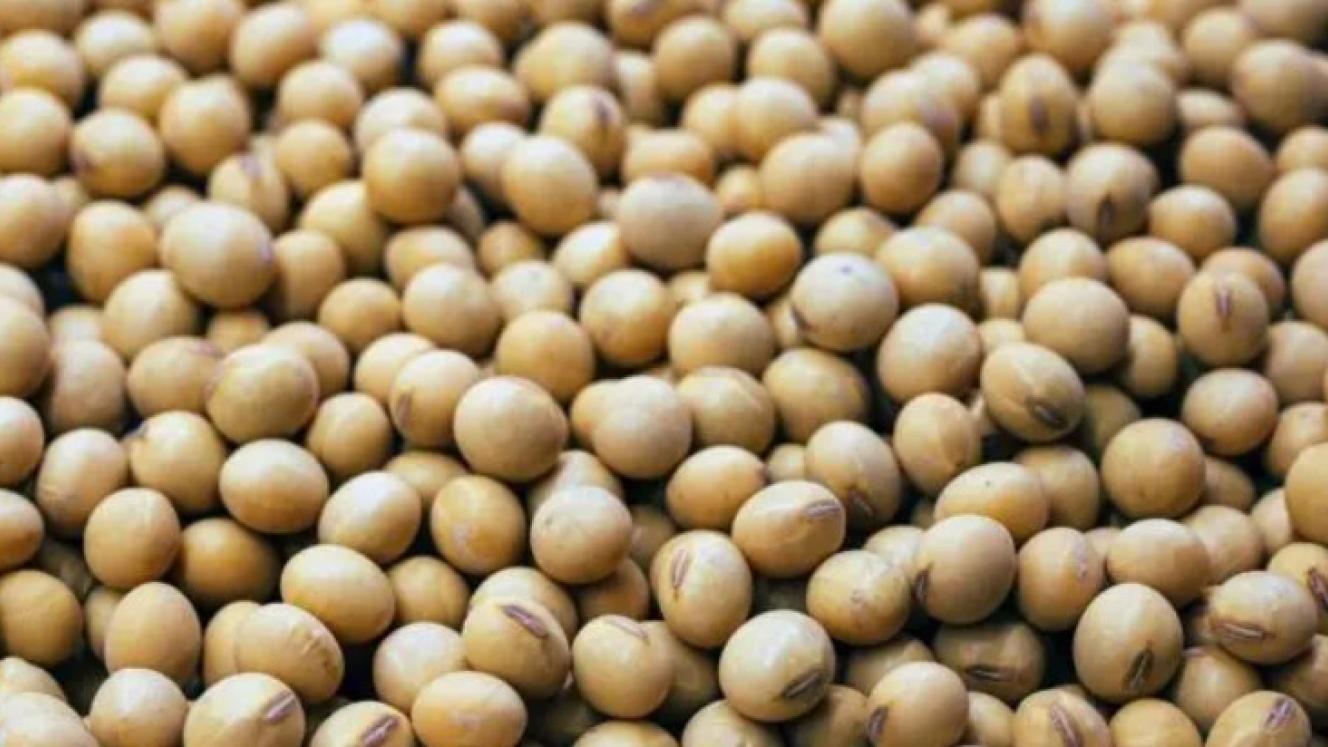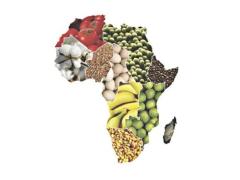After weeks of warm and dry conditions since the start of May, farmers across South Africa's summer grain and oilseed regions are beginning to reap the rewards, Wandile Sihlobo of Agbiz has said.
The chief economist at the Agricultural Business Chamber of SA said the improved weather had helped dry out waterlogged fields in several areas, allowing the delayed harvest to gain long-awaited momentum.
The grains and oilseeds harvest had been significantly lagging last season’s pace – by double digits – due to excessive rainfall in April, which made field access difficult for many farmers. A late start to the season further compounded delays across the sector.
Soybeans have been particularly affected.
The 2025-26 marketing year for soybeans began in March, yet harvesting remained sluggish for months.
However, the latest data on producer deliveries suggest a marked improvement. For the week ending 16 May, farmers delivered an impressive 530 509 tonnes of soybeans to commercial silos. This brings the total deliveries from 1 March to 16 May to 1.5 million tonnes – a 10% increase on the same period last year.
This uptick aligns with expectations for a strong harvest this year, forecast at 2.3 million tonnes – an increase of 26% year-on-year. The rebound is largely due to improved yields, following the widespread drought conditions experienced during the previous growing season.
South Africa’s domestic soybean consumption sits at approximately 1.85 million tonnes annually. A harvest of 2.3 million tonnes would not only meet domestic needs but also support the country’s status as a net exporter of soybeans.
The anticipated bumper crop is already placing downward pressure on soybean prices –welcome news for the poultry and livestock industries, where soybeans are a key feed component. Prices for spot, July 2025, and September contracts have declined by 20% year-on-year, with levels hovering around R7 100 per tonne as of 19 March.
One uncertainty remains: the overall quality of the crop. While official assessments are pending, the absence of widespread complaints from the field suggests that concerns about quality may have been overstated.
Overall, the current pace of harvesting, driven by more favourable weather conditions, offers a sense of relief for producers and markets alike.













